Black Friday 2025 has landed at Analogue Wonderland, bringing some of our biggest film photography deals of the year - from discounted film and cameras to money-saving WonderLab processing offers, exclusive bundles, and festive specials available for a limited time only. Grab a great deal while stocks last!
Recent posts
Shop the article
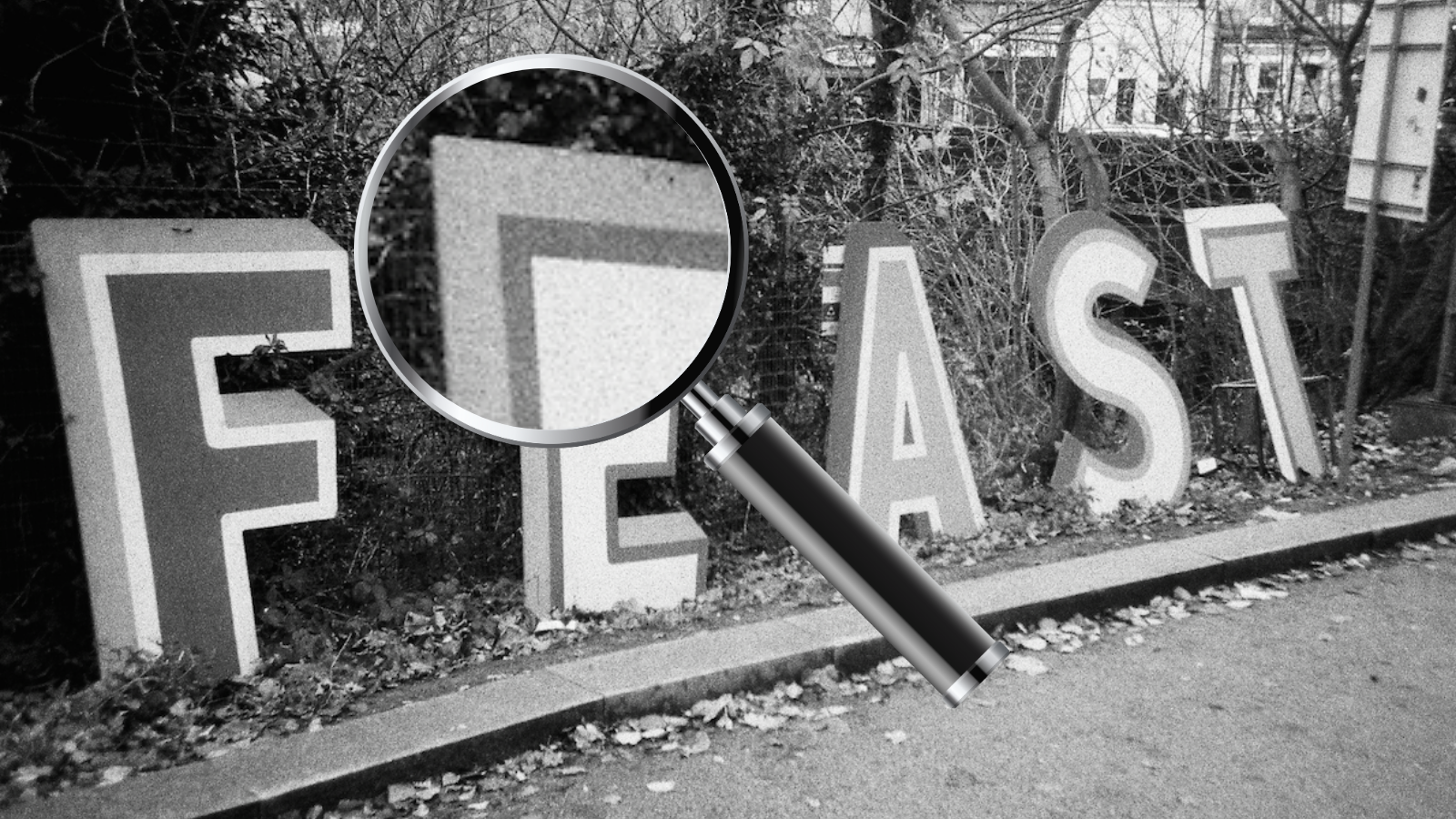
The Beauty of Imperfection: Exploring Film Grain in Analogue Imagery
By Paul McKay
Within our wonderful world of film photography, you will often see references to 'film grain'. Some people love it, some hate it, and that relationship has changed over time as digital photography has stretched technical perfection to unbelievable levels.
What is grain? Grain is a physical part of analogue photography - baked into your negatives and prints - and it can be used artistically to add a sense of emotion and history to your images. Our comprehensive exploration below, enriched with insights from our passionate film community, delves into the multifaceted art of film grain. Read on to understand how this distinctive element of analogue imagery shapes the aesthetics of film photography! Enjoy.
Unveiling the Mystery: What is Film Grain?
Film grain, often romanticised in the photography world, is the manifestation of the physical properties of film itself. These tiny granules visible in film and prints are microscopic silver halide crystals in black-and-white film and dye clouds in colour film. The size and distribution of these grains determine the texture and feel of the photograph, and is often used as a reason why people love certain films over others. For example EMULSIVE, the mastermind behind emulsive.org, often praises Ilford HP5 Plus for its ability to pick out fine detail and texture, noting that the film's unique character is significantly attributed to its distinctive grain.
But what exactly is film grain? In essence, it's the result of light-sensitive material in film capturing light. The granularity varies depending on the film's sensitivity, also known as ISO: high ISO films generally have more noticeable grain. This physical characteristic of film becomes an artistic tool in the hands of photographers, allowing them to convey mood and atmosphere. The grain is a reminder of the analogue process, a distinct departure from the often too-perfect digital imagery.
Understanding grain is essential in the world of film photography. It's the interplay of light and chemistry, creating an unique fingerprint on every image. Grain can be fine and barely perceptible, or it can be bold and obvious, significantly impacting the photograph's overall aesthetic. It's a feature that many modern film photographers celebrate and use creatively to enhance their visualstorytelling.
The Aesthetic Significance of Grain
Grain adds depth, mood, and an organic feel to images and this can make a real difference to the final photos.
The visual appeal of grain is subjective and varies from one photographer to another. Some prefer the crisp, clean look of minimal grain, while others embrace the grainier, more textured appearance for its artistic flair. Grain can be seen as a flaw or a feature, depending on the photographer's perspective and the story they want to tell through their images.

Photo on Portra 400 by georgepascoulis - you can see the clarity of the snow and sky that is indicative of a fine-grained film
One of our customers Peter says "I've tried quite a few films, each one with its own charm, but the Portra 400 has a lasting impression on me. The grain is exceptional. Out of all 400 speed films its one of the best (or THE best) in terms of grain. I dearly love it." This tactile quality of grain, often absent in digital images (the nearest equivalent is digital noise but it's different for many reasons!) can conjure up nostalgia, realism, or even abstraction by distorting clean lines, contributing to a photograph's narrative.
On top of that you'll often hear that film grain's role in photography extends beyond aesthetics. It's a testament to the authenticity and raw beauty of film photography. In a world increasingly dominated by digital perfection, film grain stands as a bastion of the analogue era, celebrated for its imperfections and the unique character it brings to each photograph. It's not just about how the image looks; it's about how it feels. Grain imparts a sense of tangibility, a physicality that digital images often lack. And speaking personally - I can often spot when a film camera has been used in billboard ads or posters because of the presence of grain!
Note that there are Photoshop plug-ins that can stimulate grain. Is it perfect? Does it make sense to do so?! These are questions for the philosophers in our midst.
Choosing the Right Film for the Grain Effect
The choice of film stock is critical when considering grain. Different films produce different grain qualities. High-speed films often exhibit pronounced grain that adds drama and intensity to images; low-speed films tend to have smaller and less noticeable grain - although this isn't a perfect relationship.
Understanding the connection between film speed, grain structure, emulsion, and the resulting image quality is vital for photographers. It's not just about the amount of light available but also about the artistic effect one wishes to achieve. Whether seeking the gritty realism of a high-speed film or the subtle elegance of a fine-grain stock, the choice profoundly influences the visual storytelling of a photograph.

Tri-X: "Great Black & White Film With Distinct Grain" @kaloyannikolaev
There are good mid-ground films: Chris W calls Kodak Tri-X 400 "a good all round film that gives good results. It's not too grainy for a 400-speed film and pushes well. I find the grain structure to be quite pleasing and not too intrusive, which is great for a variety of photography styles." Conversely, films like Kodak T-MAX 100, preferred by our customer Sroyon for its fine grain, are ideal for detailed work where clarity is key.
Choosing the right film for a specific project involves considering the environment, the subject, and the desired mood. For instance, a street photographer might choose a film with more pronounced grain to add a raw, edgy feel to their images, while a landscape photographer might opt for a finer grain film to capture the intricate details of nature. The decision is deeply personal and reflects the photographer's vision and artistic goals.
Manipulating Grain: A Photographer’s Tool
Photographers have various techniques at their disposal to either accentuate or minimise grain. Development times, chemical choices, lighting set-up and scanning techniques all play a role in the final appearance of grain in a photograph. When Owen A shoots Rollei Infrared film he "developed it in Perceptol to enhance the sharpness and grain structure. This combination produced a finer grain than I expected, which was a pleasant surprise. The subtle changes in development chemistry can significantly affect the grain and overall texture of the film."
Darkroom techniques such as pushing or pulling film, or using specific developers, can alter the appearance of grain. Pushing film increases the effective sensitivity of the film, often resulting in more pronounced grain, while pulling film does the opposite. The choice of developer can also impact grain size and sharpness, allowing photographers to tailor the look of their images according to their creative vision.
Manipulating grain is not just a technical exercise; it's a form of artistic expression. By understanding and controlling grain, photographers can infuse their images with a specific mood or atmosphere. It's about embracing the unpredictability and the nuances of the analogue process, using grain as a tool to communicate a vision or a feeling.
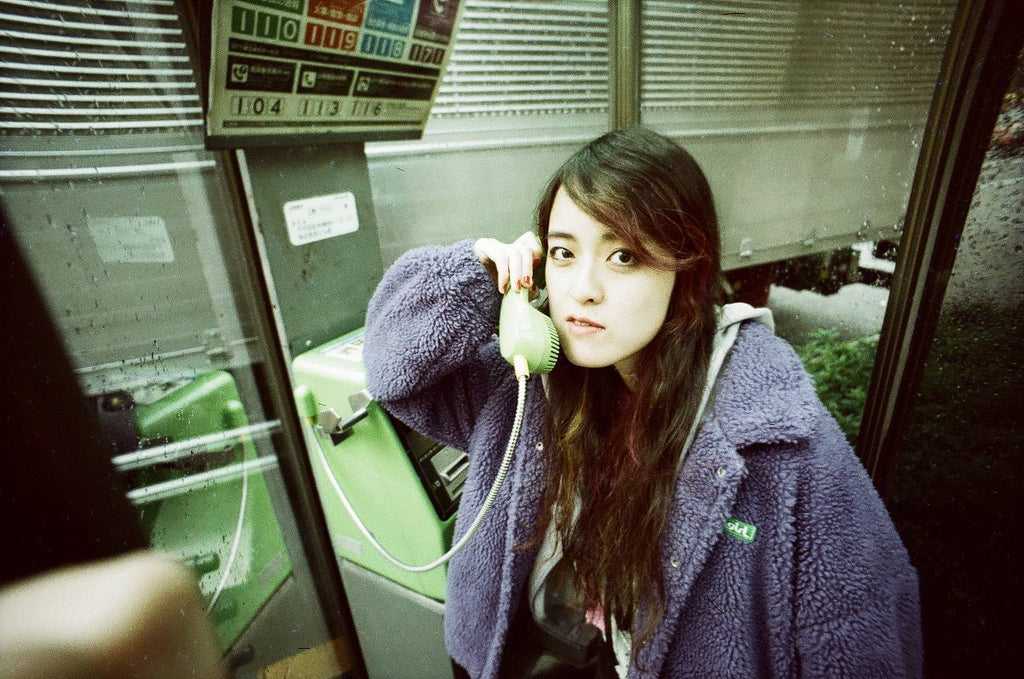
For example @zupa_iso talks about Lomography Metropolis film's "muted colour palette, higher contrast and pronounced grain. In my taste, it's perfect for invoking a feeling of isolation and sadness but I'm sure you can use for other purposes as well" - example image above.
Grain in Contemporary Film Photography
In an era where digital clarity is often prized, the unique texture of film grain offers a refreshing divergence. Gordon Palmer appreciates CineStill 800T film for its 'smooth' grain structure, which he finds enhances his outdoor photography. This revival of grain is not just about nostalgia; it's about embracing a different form of visual expression, one that values texture and character over pixel-perfect clarity.
Today's film photographers often choose film specifically for its grain characteristics, using it to differentiate their work in a digital age. Grain brings a human touch to images, a reminder of the physical and chemical process behind every shot. It's a celebration of the analogue process in a digital world.
The resurgence of interest in film photography, particularly among a younger generation of photographers, has brought renewed attention to the beauty of grain. In a digital age where images can be endlessly manipulated and perfected, the organic and unpredictable nature of film grain is a welcome contrast. It's a connection to the tactile, physical aspects of photography, a nod to the medium's rich history.
Fine Grain Versus Gritty Realism
The choice between fine and coarse grain can be a reflection of a photographer's artistic intent. Fujifilm's Velvia 50 and Provia 100F slide film, known for their fine grain, are revered by customers like Phil Q for landscape and low-light photography, respectively, where detail and colour rendition are paramount. "The colours and grain are just superb, very much like the old Kodachrome!"
This selection process is not just about technical considerations; it's deeply intertwined with the photographer's artistic vision. The grain structure can either complement or transform the subject matter, playing a significant role in the mood and feel of the image. It's about choosing a film that aligns with the story you want to tell, whether it's one of stark realism or delicate subtlety.
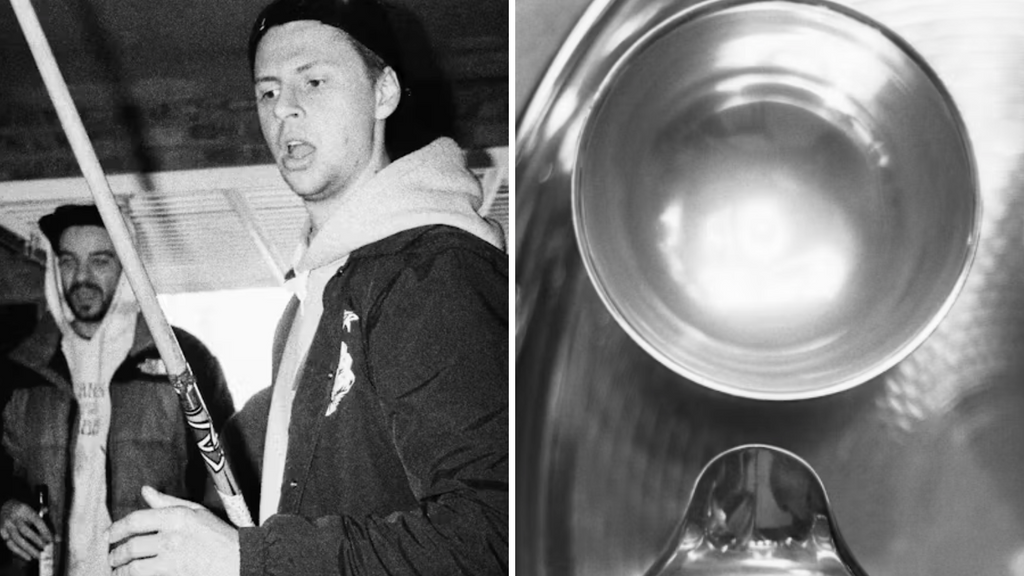
Compare the 'grit' in Street Candy on the left from @ipsmithonfilm vs the 'smooth' grain and clean lines on Ilford Delta 100 on the right from Jeff
So when E Jackson heads to shoot street photography he says "I actually really enjoy the gritty grain and the contrast that Street Candy ATM400 offers. It adds a raw, edgy quality to street scenes, making the ordinary look extraordinary. The grittiness of the grain brings a certain character to the photographs, making them more impactful and memorable."
The decision to use a particular film stock is a creative one, influenced by personal taste, the subject of the photograph, and the desired final effect. Some photographers may experiment with different films to find the perfect grain for their project, while others may stick to a preferred film for its consistent results. The choice of grain is as much a part of the creative process as composition and lighting.
Embracing Grain in Your Photography
For photographers new to film, understanding and embracing grain can be a journey of discovery. It's about experimenting with different film stocks, development processes, and even scanning methods to find what resonates with your artistic vision. Embracing grain means accepting imperfection as an intrinsic part of the photographic process, a feature that adds depth and character to your images.

I shot this photo under-exposed to accentuate the grain and contrast and mirror the message on the door. #art?
It's also about understanding the history and evolution of film photography. Grain has been a constant companion of photographers since the inception of film, evolving over the decades but always playing a crucial role in defining the look and feel of photographs. Learning to work with grain, rather than against it, opens up new avenues for creative expression and storytelling.
Embracing grain in photography is also about embracing a mindset. It's about seeing the beauty in the imperfections, understanding that these so-called flaws can actually enhance the emotional impact of an image. It's about being open to the unexpected and finding joy in the unique qualities that film grain can bring to a photograph.
35mm Film Grain vs 120 and Large Format
Quick note on film grain across different film formats. You will often see people say that 120 film has 'smaller' grain than 35mm. Or that 110 film is grainier than 35mm.
This is true relative to the size of the negative. The actual chemical grain sizes are the same for an emulsion regardless of the film format. But if the 35mm film image frame itself is only 24mm high and you're viewing the scans on a laptop screen then the grain is getting magnified much more than a 120 scan from a 60mm wide frame.
We see this all the time in our photo developing lab when dealing with mixed orders - as we always review the final images on the same sized (large) screen!
Grain: A Philosophical Perspective
Film grain can also be seen from a philosophical perspective, symbolising the interplay between light and shadow, reality and perception. It's a reminder of the physicality of film photography in an increasingly virtual world. In embracing grain, photographers connect with a tradition that values the tactile and the tangible, where each image is a unique interaction of light, chemistry, and artistic vision.

One of my favourite photos - shot on Lomography B&W film - and the grain is an essential part of the image. Side note: I don't love the dust marks but this was before we'd opened our own in-house lab! Our editors would never send out an image that looks like this...
Through this lens, film grain becomes more than a technical characteristic; it's a bridge between the past and present, a tool for photographers to express their unique view of the world. It's a celebration of the unpredictability and the serendipity of the analogue process.
Grain in film photography can be seen as a metaphor for life itself – imperfect, unpredictable, and full of character. Each grain pattern is as unique as a fingerprint, adding a layer of depth and individuality to every image. This perspective encourages photographers to embrace the unexpected, to find beauty in the imperfections, and to tell stories that are deeply personal and authentic.
Conclusion
Embracing the art of film grain in photography is about celebrating imperfections and texture, creating images that resonate with personal narratives. Whether it’s the dramatic effect of a high-speed film or the subtle elegance of a fine-grain stock, the choice of grain speaks volumes about a photographer's vision and style. And so different from the soulless technical perfection of digital.
As you continue to explore and appreciate film photography's unique characteristics, you'll find that grain is not just a technical detail – it's an essential part of the medium's artistic expression. So, how will you let grain tell your story in your next film photography project?
Ready to dive in?
Keep Reading
View all
Christmas 2025: Shipping & Opening Hours
Christmas 2025 is fast approaching! To make sure your analogue goodies arrive in time, take note of our last shipping dates, plus opening and operating hours over the festive season. We've got everything you need to gift the magic of film photography this Christmas!
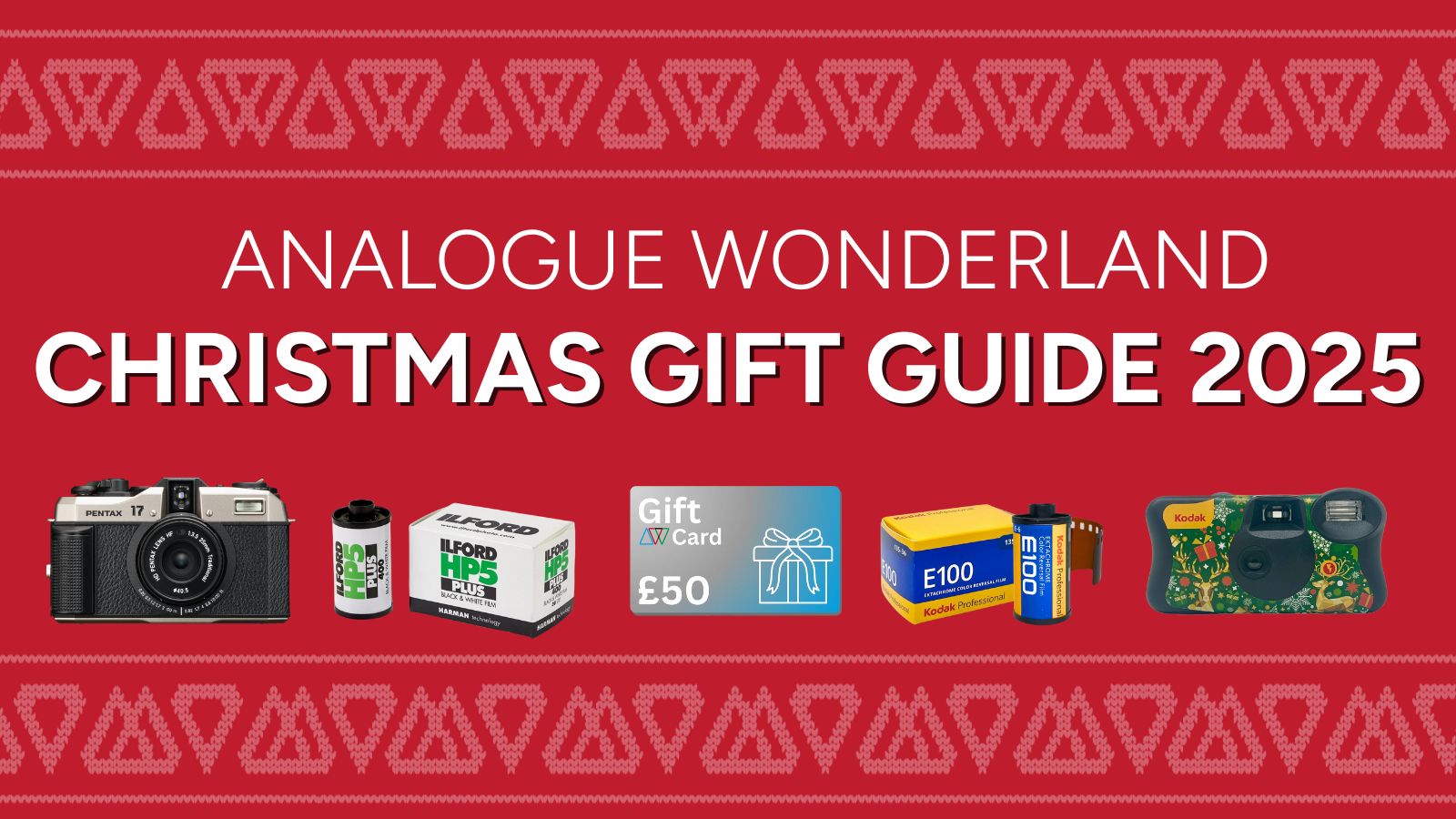
Film Photography Christmas Gift Guide 2025: Analogue Wonderland
Capture the magic of Christmas with film - no filters needed. Our 2025 Film Photography Christmas Gift Guide 2025 is packed with thoughtful presents for every type of shooter, from curious beginners to seasoned photographers. Discover film stocks, cameras, and creative accessories that will make this festive season truly memorable.
Subscribe to our newsletter 💌
Sign up for our newsletter to stay up to date on film photography news, sales and events:
Free Tracked Shipping
On all UK orders over £50
Passion For Film
An unbeatable range and an on-site lab
Our Customers Trust Us
Thousands of independent 5* reviews
All Deliveries are Carbon Neutral
Independently audited and verified by Planet
- Opens in a new window.






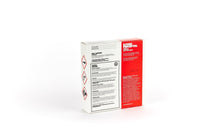

3 Comments -
Barry • -
Vince Tanzilli • -
Phil •
Well if you’re a real photographer, then as I see things, you should do it all. Color, Black and white, Film, Digital, Grain, no Grain…..etc. It depends on what you are doing.
Back when I started in photography (the ‘70s), grain was the enemy. We did everything we could to fight grain. But now, I’ve learned to embrace it. Grain adds texture and depth to my photography. I can always get a super sharp clear image if I shoot high megapixel digital, but I always gravitate toward the granny shots.
Having very recently returned to film (after a 20 year break!! – what was I thinking?) I really appreciate articles like this one, as they are helping me find my feet again. Much appreciated, thanks for taking the time to write and post it.